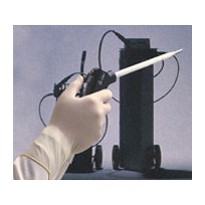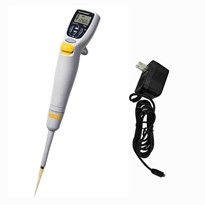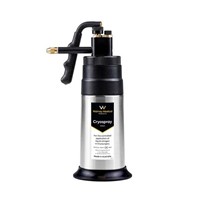1. Practice Strategies
Controlled breathing, the applied tension technique for fainting, thought challenging and devices for pain management take practice. Don’t wait until you really want to rely on these things to work out the how and when of using them.
2. Don’t Avoid
Write a list of the situations, objects and activities that you find challenging and progressively begin to practice these from easiest to hardest.
3. Start Early
Practicing strategies and making headway with a phobia can take time don’t wait until you really need a needle to start working on it or you may add undue pressure to the situation and increase the chances of having a more anxiety provoking event or having a more negative experience.
4. Rewards
Making gains with a needle phobia isn’t always intrinsically rewarding. Set a goal and set a reward that’s motivating for you and remind yourself of that reward when times get tough.
5. Having a support person present can help with comfort and distraction. Ask to lie down for the procedure if you think you might faint and stay an extra amount of time so your healthcare practitioner can make sure you are ok before you go home













-205x205.jpg)